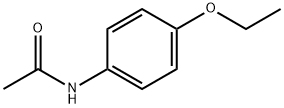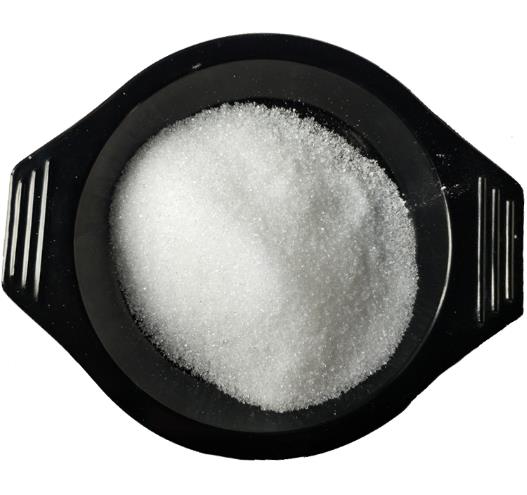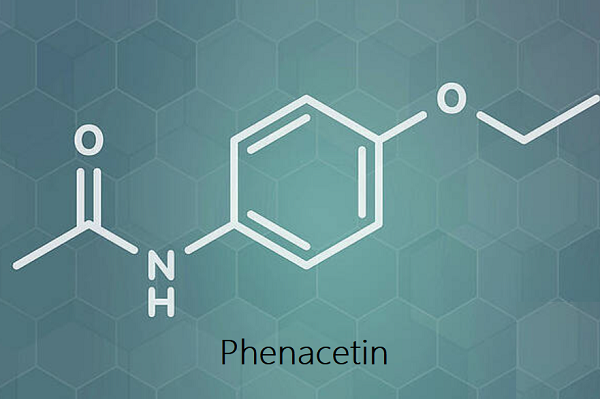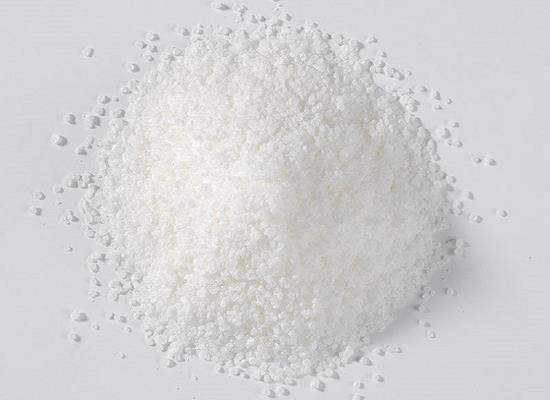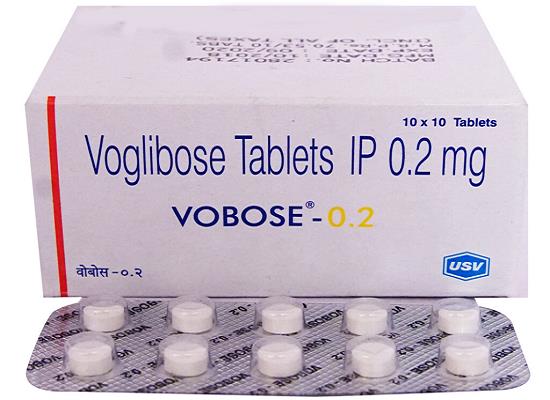Phenacetin: pharmacokinetics, mechanism of action and clinical applications
General Description
Phenacetin is an analgesic and antipyretic drug with distinct pharmacokinetic characteristics. It is absorbed orally and metabolized extensively to paracetamol, which has good bioavailability. Paracetamol undergoes metabolism and is excreted primarily as glucuronide and sulphate conjugates in urine. The metabolism of paracetamol is influenced by age and dose, and impaired metabolism can lead to a prolonged half-life. Renal clearance of paracetamol is dependent on urine flow rate but not influenced by pH. Mechanistically, phenacetin inhibits the synthesis of prostaglandins by impeding the function of the enzyme COX. This reduces pain perception and may also induce sedation and euphoria. However, phenacetin is no longer widely used due to safety concerns, including potential adverse effects such as gastrointestinal bleeding, agranulocytosis, hemorrhagic strokes, and Stevens-Johnson syndrome.
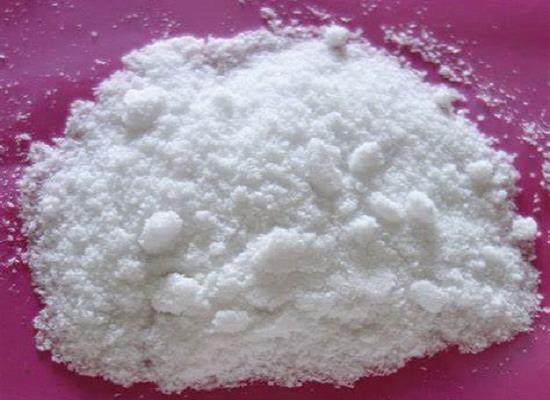
Figure 1. Phenacetin
Pharmacokinetics
Phenacetin, an analgesic and antipyretic drug, has distinct pharmacokinetic characteristics. Upon oral administration, the rate of absorption of phenacetin is influenced by gastric emptying and varies depending on the formulation used. Phenacetin is extensively metabolized in the body, primarily to paracetamol (acetaminophen), along with minor metabolites that may contribute to its toxicity. The systemic availability of paracetamol derived from phenacetin is approximately 75%, indicating good bioavailability. Paracetamol undergoes extensive metabolism, with a plasma half-life ranging from 1.5 to 2.5 hours. A therapeutic dose of phenacetin results in approximately 55% excretion as glucuronide conjugates and 30% as sulphate conjugates in the urine. Around 4% of the dose is eliminated as mercapturic acid and cysteine conjugates, representing the conversion of paracetamol to potentially toxic intermediate metabolites. The metabolism of paracetamol is influenced by age and dose. In cases of hepatotoxic doses, the impaired metabolism of paracetamol can lead to a prolonged half-life. Furthermore, the saturation of sulphate conjugation increases the proportion of mercapturic acid and cysteine conjugates excreted. The renal clearance of paracetamol is dependent on urine flow rate but not influenced by pH. The renal clearances of glucuronide and sulphate conjugates often exceed the glomerular filtration rate and are unaffected by urine flow and pH. In summary, phenacetin's pharmacokinetics involve variable absorption depending on formulation, extensive metabolism to paracetamol and minor metabolites, age- and dose-dependent effects on metabolism, and renal clearance affected by urine flow rate rather than pH. 1
Mechanism of action
The mechanism of action of phenacetin involves its impact on the synthesis of prostaglandins in both the brain and peripheral tissues, acting as a modulator. Prostaglandins are signaling molecules derived from lipids and they play a crucial role in pain sensation and modulation. Phenacetin achieves its effects by impeding the function of an enzyme called cyclooxygenase (COX), which is responsible for prostaglandin synthesis. By inhibiting COX, phenacetin effectively reduces the production of prostaglandins, resulting in decreased pain perception. Apart from its analgesic properties, phenacetin also affects other physiological processes. It can potentially exhibit antipyretic effects by altering the activity of the hypothalamic heat-regulating center. Additionally, phenacetin may induce mild sedation and euphoria, which contributes to its potential for abuse. 2
Clinical applications
Phenacetin is a non-opioid analgesic that was commonly used as an over-the-counter pain reliever in the past. It is no longer available in many countries due to concerns about its safety and potential for abuse. Phenacetin is often marketed as a painkiller and cough suppressant in combination with other ingredients such as paracetamol (acetaminophen) or aspirin. Phenacetin has been extensively studied for its activities, including its effects on the central nervous system and the cardiovascular system. It is known to be a centrally acting analgesic that blocks the transmission of pain signals to the brain. Phenacetin is also believed to have antipyretic (fever-reducing) properties and may have some local anesthetic effects. Phenacetin has been associated with several serious adverse effects, particularly when used in high doses or for prolonged periods. The most common adverse effects include nausea, vomiting, and gastrointestinal bleeding. Phenacetin has also been linked to cases of agranulocytosis, a life-threatening blood disorder characterized by a significant decrease in white blood cells. Additionally, phenacetin may increase the risk of hemorrhagic strokes and has been associated with cases of Stevens-Johnson syndrome, a potentially life-threatening skin condition. 3
Reference
1. Prescott LF. Kinetics and metabolism of paracetamol and phenacetin. Br J Clin Pharmacol, 1980, 10 Suppl 2(Suppl 2):291S-298S.
2. Clissold SP. Paracetamol and phenacetin. Drugs, 1986, 32 Suppl 4:46-59.
3. Vaught JB, King CM. Phenacetin studies. Science. 1979, 206(4419):637-639.
Related articles And Qustion
See also
Lastest Price from Phenacetin manufacturers

US $0.00-0.00/Kg/Drum2025-04-21
- CAS:
- 62-44-2
- Min. Order:
- 1KG
- Purity:
- 99%min
- Supply Ability:
- 1000KG
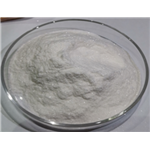
US $1.00/g2025-04-21
- CAS:
- 62-44-2
- Min. Order:
- 1g
- Purity:
- 99%
- Supply Ability:
- 1000kg
